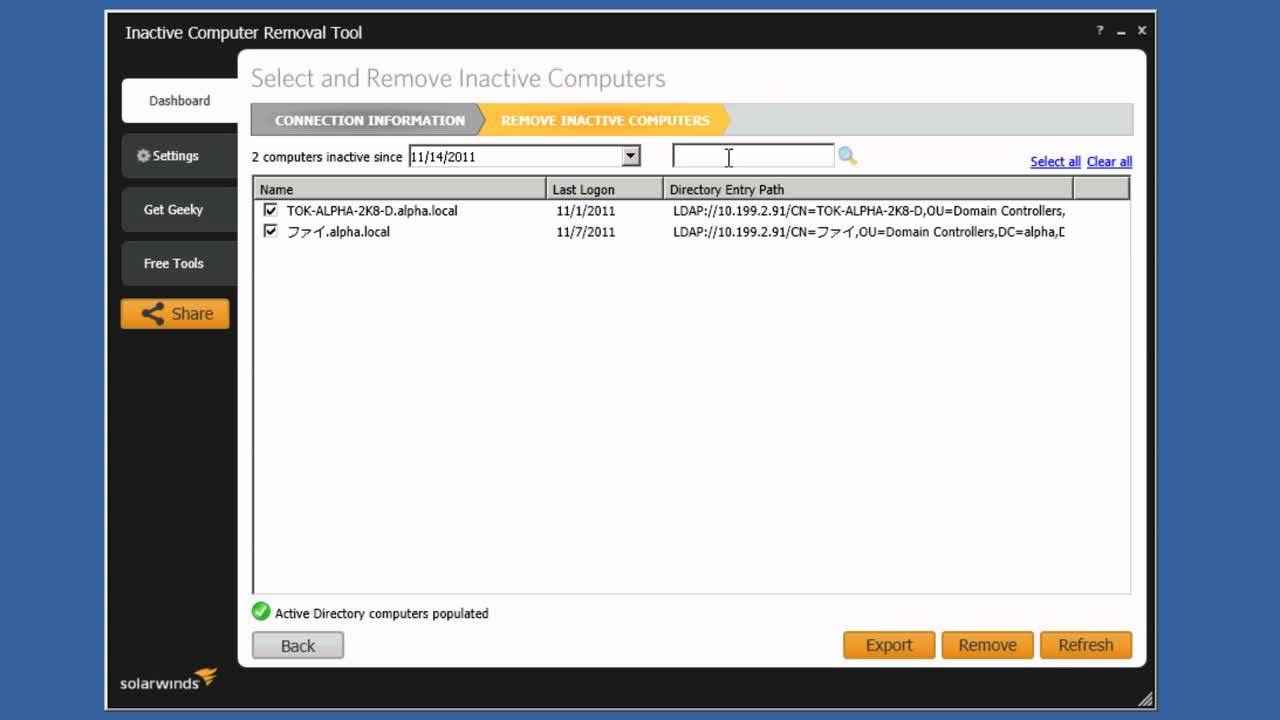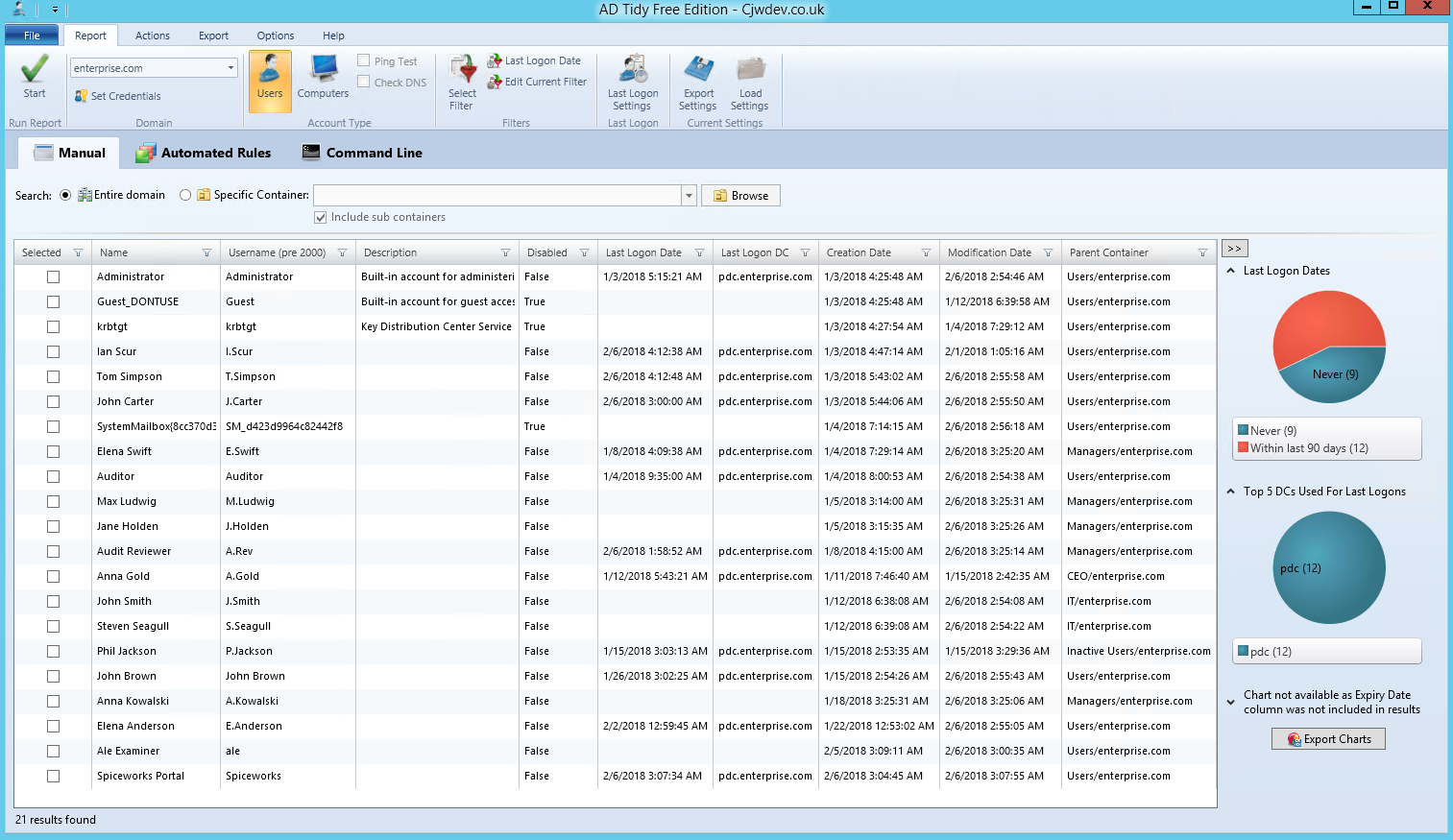

Active directory is the proprietary service of Microsoft. It allows the users to access into the network by managing permissions. Active directory is launched in the year of 1999 and then a year after in 2000 it was released with a window server. Development in active directory is continued with new features that are launched with a new version of each window server.
Working of active directory tools includes the storage of data in the form of objects and object can be a device, application, group, etc. Objects in the active directory are categorized by the attributes and name. The main aim of the active directory is to connect the user with the domain as active directory stores the directory information and help the domain to access it.
Other Microsoft applications also use the active directory domain services to provide access to the users. Generally, active directory domain services verify the user when it attempts to sign up to access the server over a network. Some other services are also made based on the active directory, for example, lightweight directory services. Codebase used in lightweight services is the same as used in active directory services.

Information about active directory services
Active directory is also related to some other types of services like certificate services, federation services, rights management services, lightweight services, etc. All of these services have different functionalities but are made up of the same codebase. Each of these services helps in expanding the capabilities of active directory services.
• Lightweight directory services – it is a protocol service that stores the password and username of the objects in the directory services and it allows the sharing of information on the network.
• Active directory federation services – it allows the user to have multiple access points on the different networks by using the single sign-on system that means users have to sign up only at once rather than to access multiple service systems.
• Rights management active directory services – it provides security to the information and does the management of legal rights of the information. It encrypts the information and allows the limited access of information over a network.
• Certificate services of the active directory – it issues the certificate to the information that allows the exchange of information over the network. The generated certificate provides the public key to the information so that it can provide additional security to the exchanging of information.
Competitors to active directory services
There are several competitors present in the market for active directory services for example workgroup. The workgroup is also the part of Microsoft program and it allows the machines to connect over the same network through peer to peer networking.
All of the alternatives of the active directory have not shown a great impact on the active directory market as active directory tools are exceptionally good and cannot be compared by any other application. Users of active directory face fewer complications in sharing the information and they can access multiple networks at the same time.





